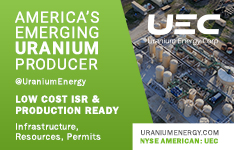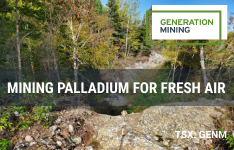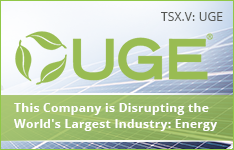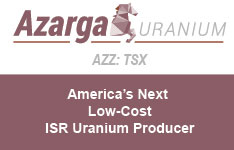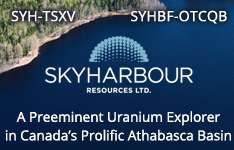 The Idaho PUC has approved a power purchase agreement (PPA) between Idaho Power Co. and a proposed biomass cogeneration plant, after determining what rate the project was eligible for under the Public Utilities Regulatory Policies Act.
The Idaho PUC has approved a power purchase agreement (PPA) between Idaho Power Co. and a proposed biomass cogeneration plant, after determining what rate the project was eligible for under the Public Utilities Regulatory Policies Act.According to the commission, the project has been grandfathered in to receive a 15% higher rate than that of similar-sized renewable energy projects now eligible for under PURPA, which requires regulated electric utilities to buy power from qualifying small-power producers or cogenerators. The PUC determines the "avoided cost rate" the utility pays power project developers, which must be equal to the cost the electric utility avoids if it would have had to generate the power itself or purchase it elsewhere. Costs of PURPA projects are included in customer rates.
The commission was hesitant to approve the project because there wasn't any written evidence of an agreement before March, when the old rates expired. Yellowstone Power Inc., which is building the $6M facility at Emerald Forest Sawmill in Idaho's Gem County, and Idaho Power both maintain that a deal was met before the old rates expired, as the parties were negotiating throughout 2009.
Previous rates were lowered because of a key factor it uses in calculating the avoided-cost rate—the long-term natural gas forecast issued by the Northwest Power and Conservation Council. If the forecast changes, published avoided cost rates are automatically recalculated. So, when the NPCC issued an updated forecast in March, the result was a lower rate that the company must pay developers because of declining natural gas prices.
The commission said that in the future it expects regulated utilities to document oral communications and to "assist the commission in its gatekeeper role of assuring that utility customers are not being asked to pay more than the company's avoided cost," in PPAs.



